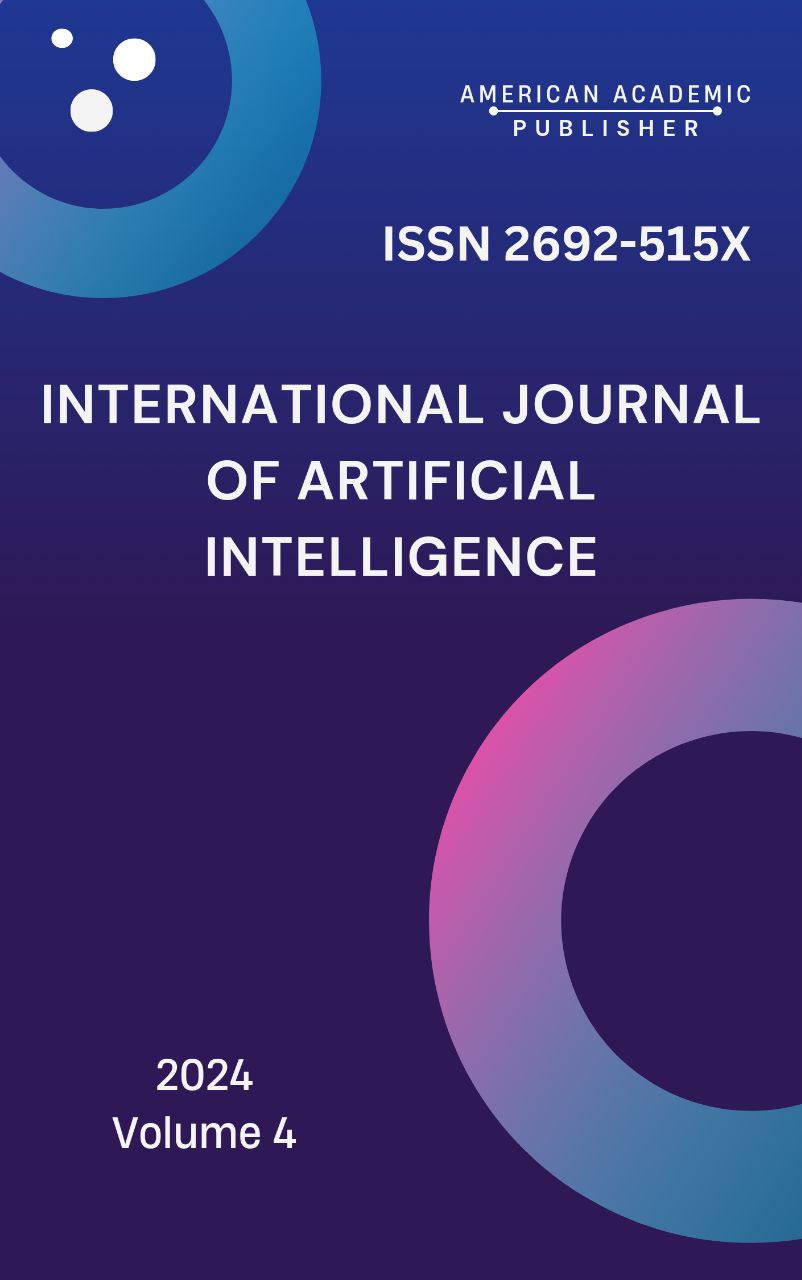 Articles
| Open Access |
Articles
| Open Access | COMPARATIVE LINGUOCULTURAL ANALYSIS OF NATURE REPRESENTATION IN ENGLISH AND UZBEK
Xamrakulova Amiraoy Uktamovna , Teacher of Samarkand State Institute of Foreign LanguagesAbstract
This article presents a comparative linguacultural analysis of nature representation in English and Uzbek. It examines how nature is expressed through artistic means in both languages and cultures, analyzing their semantic and stylistic features. Additionally, the unique use of metaphors, epithets, and other poetic elements in Uzbek and English literature is explored. The study investigates the linguacultural perspectives on nature in both languages, identifying similarities and differences.
Keywords
linguoculturology, nature representation, comparative analysis, metaphor, epithet, stylistics, Uzbek language, English language, artistic depiction, poetic expression.
References
Crystal, D. (2003). The Cambridge Encyclopedia of the English Language. Cambridge University Press.
Wierzbicka, A. (1997). Understanding Cultures through Their Key Words: English, Russian, Polish, German, and Japanese. Oxford University Press.
Karimov, A. (2019). Uzbek Literature and Oral Folklore: Linguistic and Cultural Aspects. Tashkent: Science and Technology.
Wordsworth, W. (1994). Selected Poems. Penguin Classics.
Saidov, S. (2005). Poetic Expressions in the Uzbek Language. Tashkent: University Press.
Sapir, E. (1921). Language: An Introduction to the Study of Speech. Harcourt, Brace & World.
Kunanbaeva, A. (2010). Linguoculturology: Intersections of Language and Culture. Almaty: Kazakh University Press.
Zohidov, H. (1982). Uzbek Oral Folklore. Tashkent: Science.
Lakoff, G., & Johnson, M. (1980). Metaphors We Live By. University of Chicago Press.
Anderson, B. (1983). Imagined Communities: Reflections on the Origin and Spread of Nationalism. Verso.
Article Statistics
Downloads
Copyright License

This work is licensed under a Creative Commons Attribution 4.0 International License.

